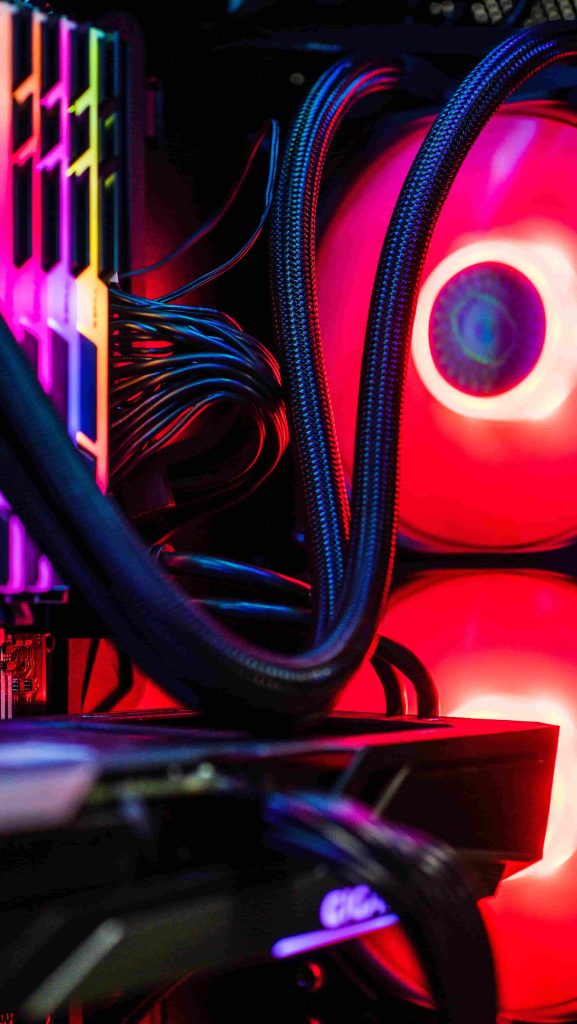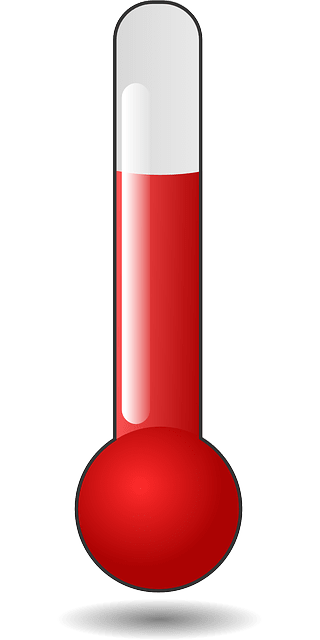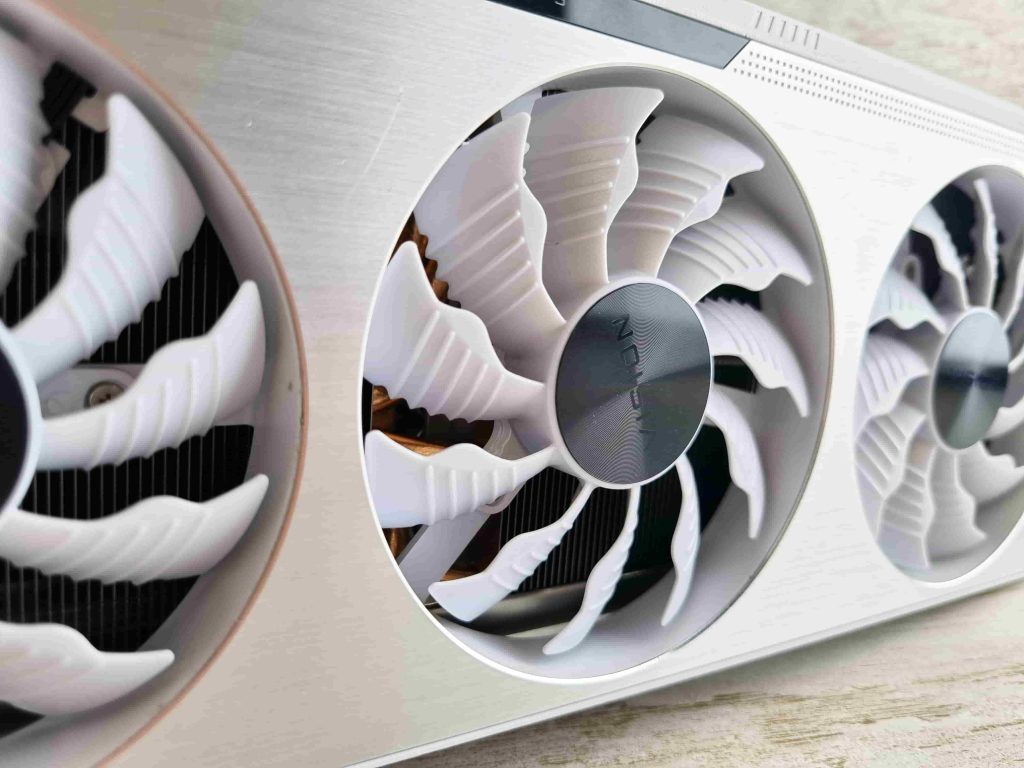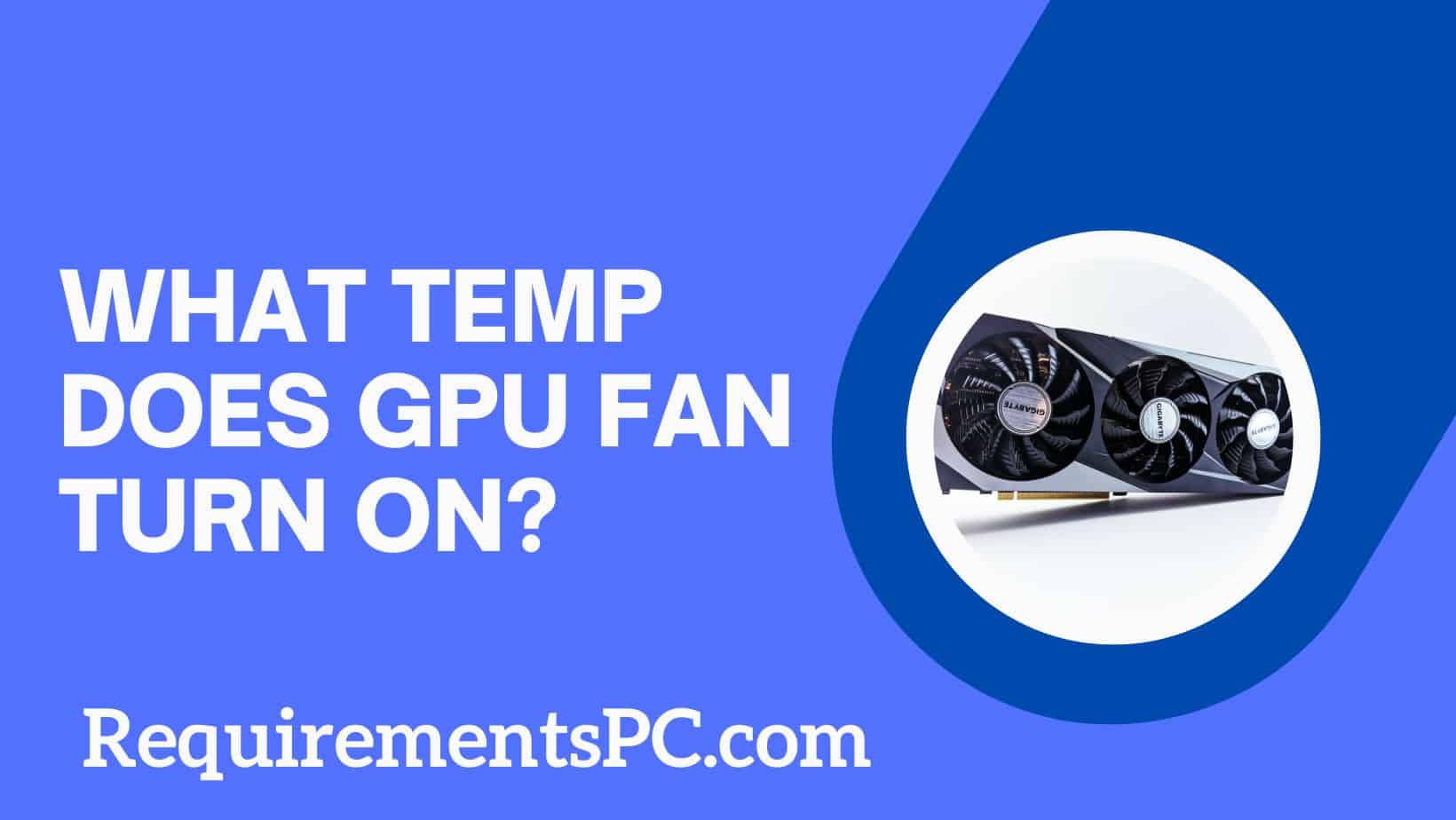Normal GPU Fan Temperature Ranges
Graphic Processing Units (GPUs) are essential components of any computer, offering the power and processing capabilities for running programs, games, and other software. It is imperative for you to monitor the temperature of their GPUs to confirm that they remain within acceptable operating ranges. GPU fans are designed to keep maintain the temperature of the GPU within specified normal ranges, and as such, it’s important to know what these normal ranges are in order to make sure that your GPU not getting overheating. Generally speaking, most GPUs are designed to remain in the range of 28-38 degrees Celsius when idle and up to 70-75 degrees Celsius when under load, such as gaming, rendering, or other graphics-related work However, it is important to note that since every GPU is different, it is best to read the user manual or check GPU specs on their manufacturer website to check normal temperature range of a your GPU.

What Temp Does GPU Fan Turn On?
It is essential to be sure that various graphics cards have varying fan turn-on temperatures. Generally, the fan will be set to activate at approximately 50 degrees Celsius. How, some cards may have a turn-on temperature as high as 70 degrees Celsius. This is why important to research the graphics card being considered to identify the temperature at which the fan turns on. Maintaining an optimal temperature for the graphics card is essential to ensure a satisfactory gaming experience. Therefore, knowledge of the fan turn-on temperature is important to achieve maximum performance.
Furthermore, To increase GPU lifespan, running your graphics card fan at a lower temperature will keep your GPU running efficiently. Turning on the fan at 50°C instead of the default setting of 60-70°C in order to maintain a cool GPU. When determining the optimal temperature setting for the GPU fan, it is important to look into the user’s preferences into account to ensure the GPU does not overheat while still providing sufficient cooling.

How to Check GPU Temperature
You can use the Windows Task Manager to check the temperature of your GPU. To do this, open the Task Manager and click on the Performance tab. Here, you’ll be able to see the temperature of your GPU, as well as its clock speed and memory usage.
Reasons Why Fan May Not Turn On
One of the potential causes for a GPU fan not turning on is an improper connection or wiring, which may be due to a loose connection or a damaged wire. Also, it is possible that the fan is not receiving adequate power due to either a faulty or damaged power cable or supply.
In certain cases, accumulations of dust or other particles may be obstructing the fan’s spinning capability. If the fan itself is damaged, replacing it may be necessary. It is also possible that the GPU is overheating, and the fan is unable to adequately dissipate the heat. Another cause, if the GPU is operating at excessive temperatures, the fan may not have the capacity to dissipate the additional heat leading to its inactivity. Finally, the fan may not be spinning due to a software issue caused by incorrect fan settings in the graphics card’s software.

Signs of an Overheating Graphics Card
Signs of an overheating GPU can be a major problem if ignored. It is important to keep an eye out for any potential signs of an overheating GPU, as they can lead to system damage and even complete system failure if not addressed. The most common signs of an overheating GPU are increased fan noise and high temperatures. You may also see your system slowing down or crashing unexpectedly. Another symptom of an overheating GPU might be visual artifacts on your screen, such as random flickering or lines appearing in the picture. You may also see decreased performance in games or other applications.
In there are any signs of GPU overheating, you need to action as possible. Check that the case is properly ventilated and that the GPU has sufficient airflow. Additionally, inspect the cooling fan for any dust accumulation and clear any obstructions. If these steps are unsuccessful in resolving the issue, it is probable that the GPU is experiencing excessive heat and requires replacement.




